- Home
- slideshows
- miscellaneous
- This beautiful neighborhood is defying Section 8 housing stereotypes - take a look
This beautiful neighborhood is defying Section 8 housing stereotypes - take a look
The original Westlawn neighborhood formed in the 1950s as Wisconsin's largest public housing project. Spanning 75 acres, it consisted of 726 barrack-style housing units for 1,800 very-low-income residents.

But between 2009 and 2015, the city received grants totaling $260 million from HUD to redevelop the neighborhood.
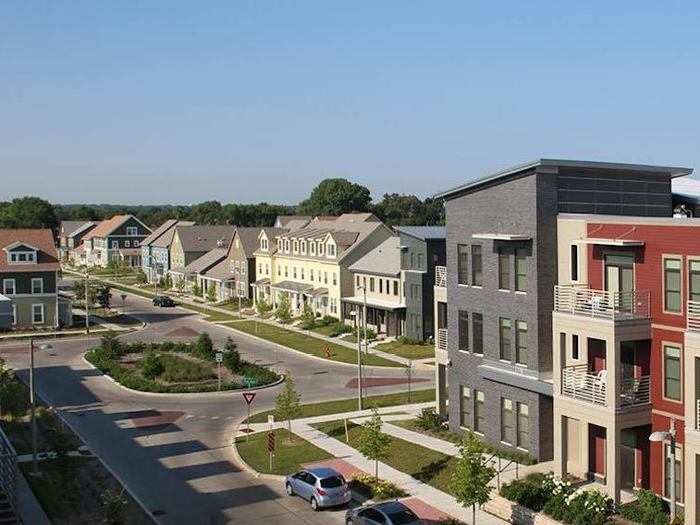
Westlawn's redevelopment faced some criticism.
In 2015, local outlet Urban Milwaukee wrote that a 2013 HUD review (prompted by residents) found Milwaukee's housing authority did not comply with federal hiring standards for the project.
Section 3 of the 1968 Housing and Urban Development Act requires that 30% of the workforce on HUD-funded projects be either low-income or public-housing residents, but local officials did not hire any Westlawn residents.
Westlawn Gardens now features a mix of apartment buildings, townhouses, and single-family homes, totaling 865 units.
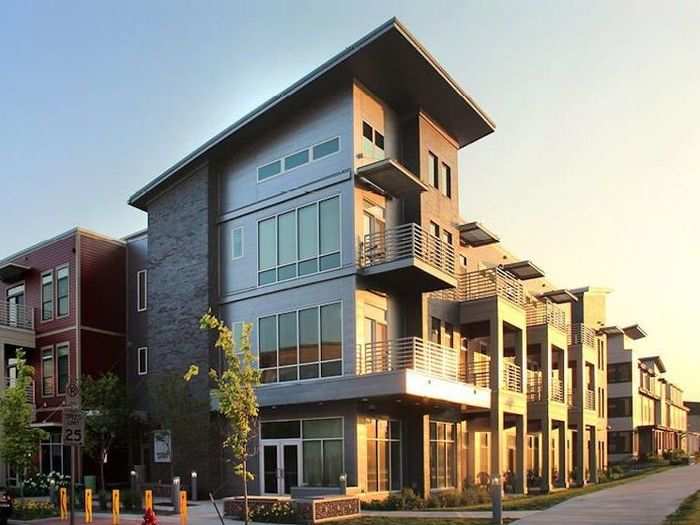
Trees line the streets.
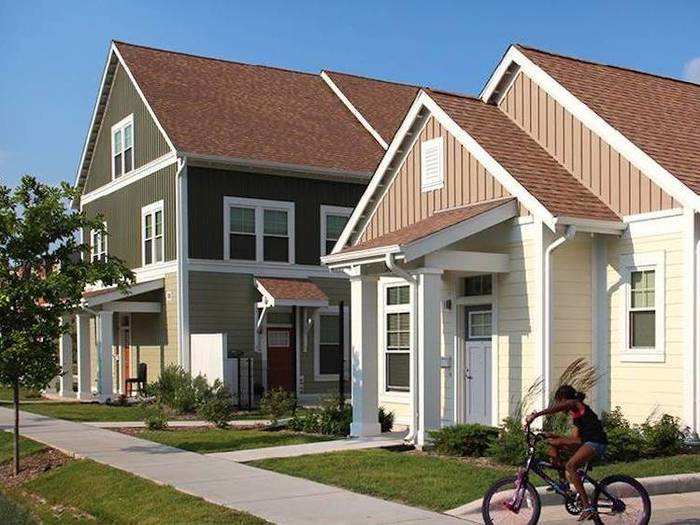
And the city replaced Westlawn's outdated stormwater drains with new ones, making the roads less likely to flood.
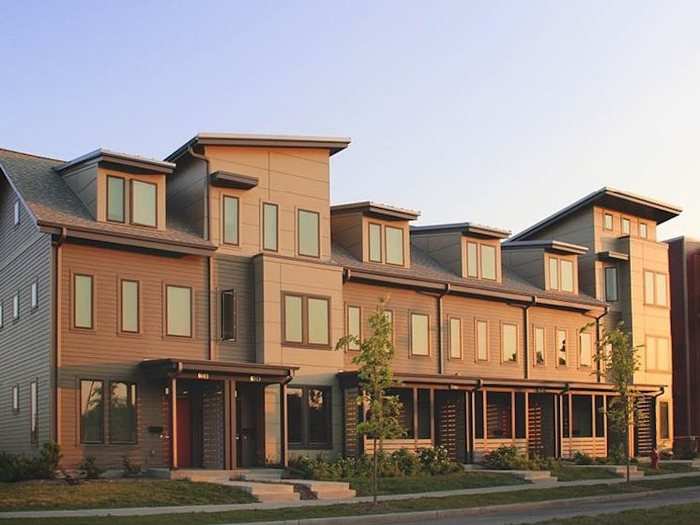
The masterplan also includes a 10,000-square-foot pharmacy, 12,500 square feet of retail and coworking space, a community center, and community gardens.

The buildings are certified by LEED, meaning they meet certain energy-efficient standards. Here's the lobby of one of the apartment towers:
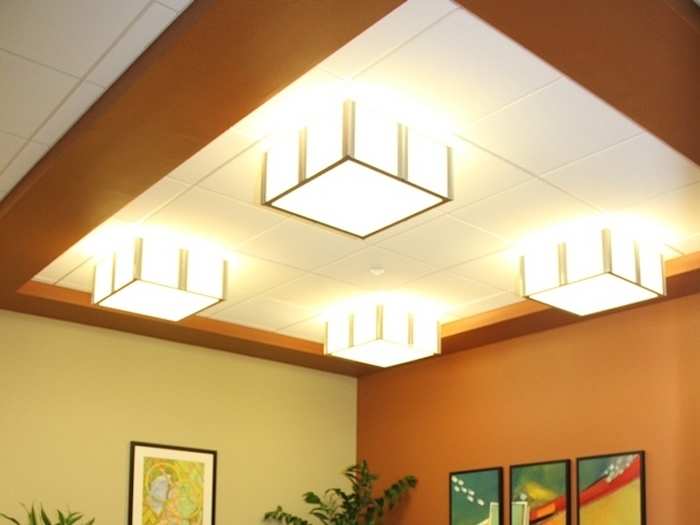
The interiors are simple but contemporary.
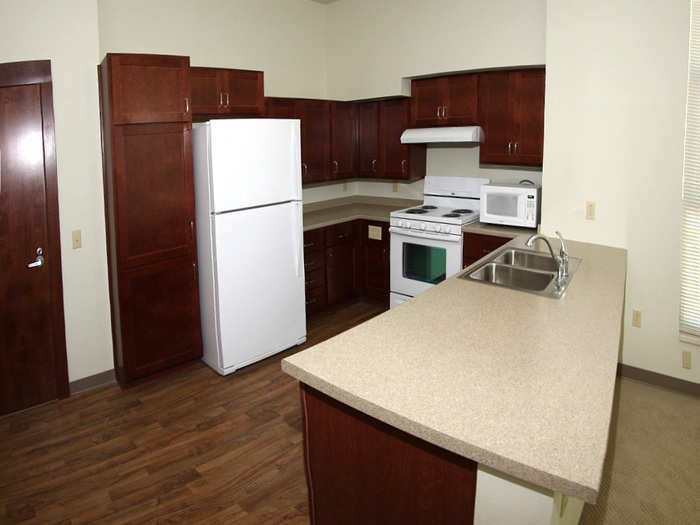
Westlawn Gardens won the APA prize for its modern design.
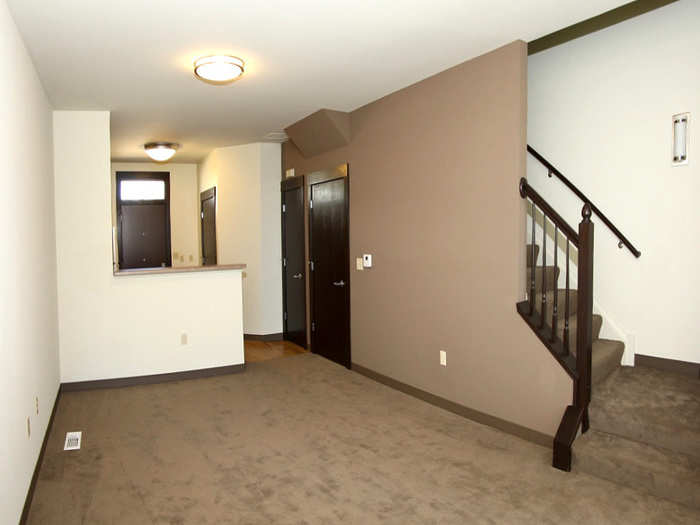
"You can't even tell it's public housing," Wendy Shabay, the National Planning Awards' jury vice chair, told Business Insider.
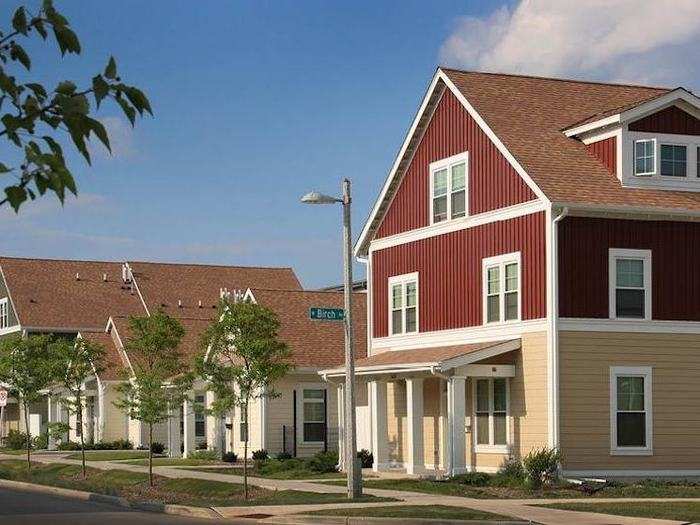
Before the redevelopment, Westlawn was physically and socially secluded from the surrounding higher-income neighborhoods, Shabay said.
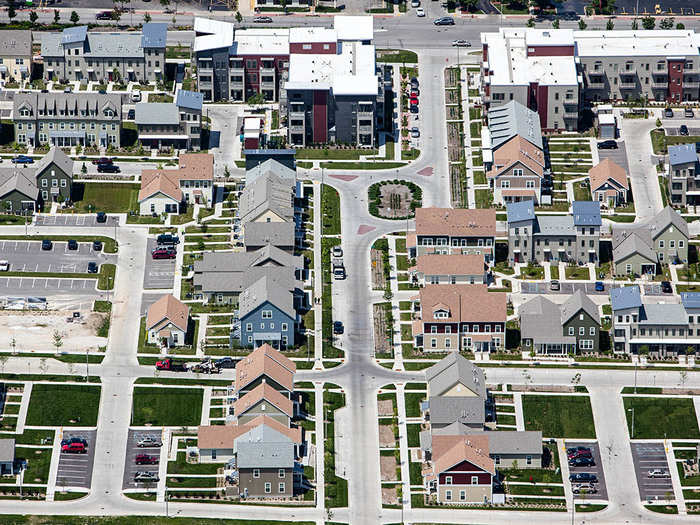
She believes that Westlawn's design could be replicable for other cities around the US.
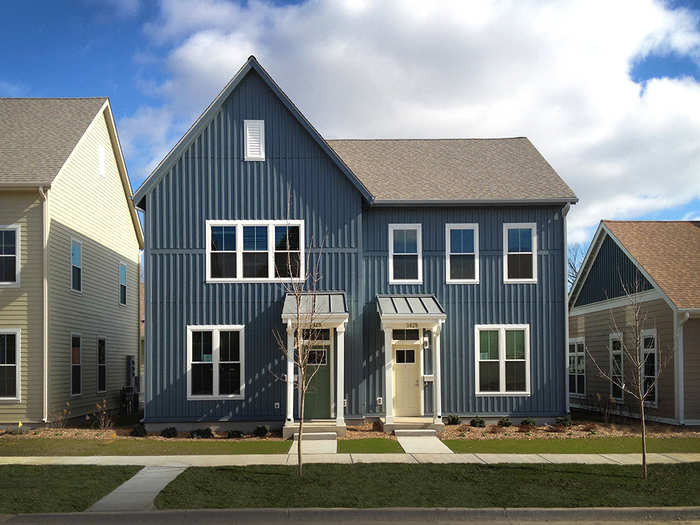
"There are a lot of areas across the country that face similar challenges with public housing," Shabay said. "[At the APA] we're looking at how to better integrate low-income residents into outlying, mixed-income neighborhoods in holistic ways."
!["There are a lot of areas across the country that face similar challenges with public housing," Shabay said. "[At the APA] we](https://staticbiassets.in/thumb/msid-63569340,width-700,height-525,imgsize-81757/there-are-a-lot-of-areas-across-the-country-that-face-similar-challenges-with-public-housing-shabay-said-at-the-apa-were-looking-at-how-to-better-integrate-low-income-residents-into-outlying-mixed-income-neighborhoods-in-holistic-ways-.jpg)
Public housing has a long, contentious history in the US.
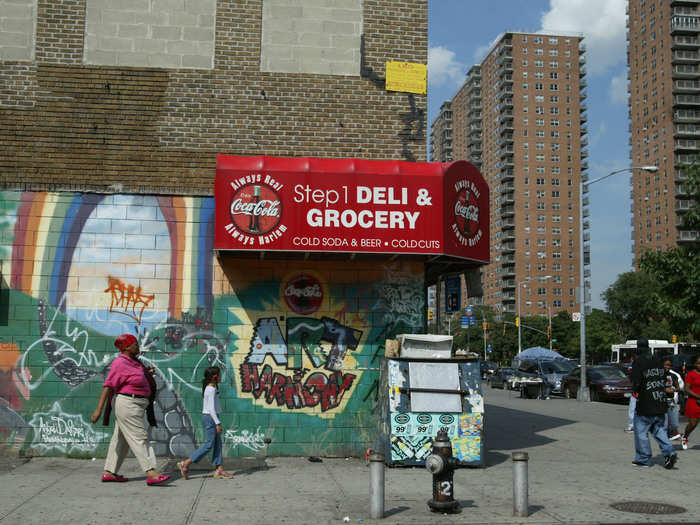
The aforementioned analysis by J. Rosie Tighe, a professor of Urban Studies at Cleveland State University, suggests the general public's negative view of public housing has historically made it harder for local governments to build it.
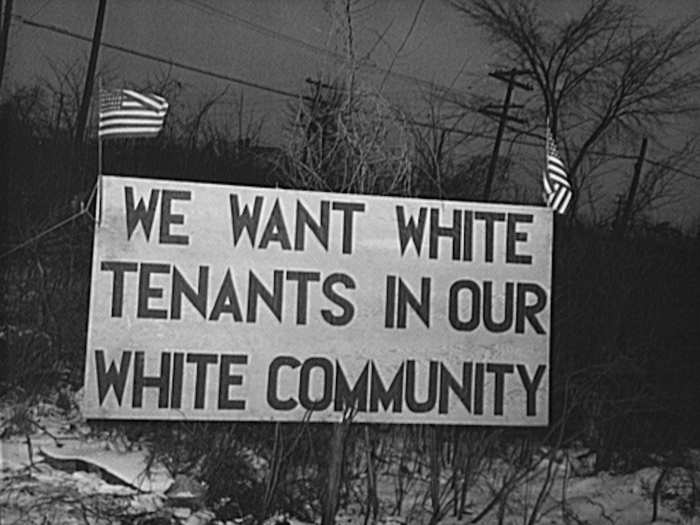
And although the reality of living in public housing may differ from these perceptions, such views are often strong enough to build opposition to Section-8 construction, according to Tighe.
After the Section 8 program began in the late '70s, many people in suburban communities resisted public-housing construction in middle and working-class neighborhoods. That led to the construction of these units in segregated neighborhoods that already suffered from poverty, which may have further stunted residents' economic mobility, Tighe writes.
Public-housing developments often do not get much funding. This affordable apartment building in New York City has a similar aesthetic to many other Section 8 developments across the US:
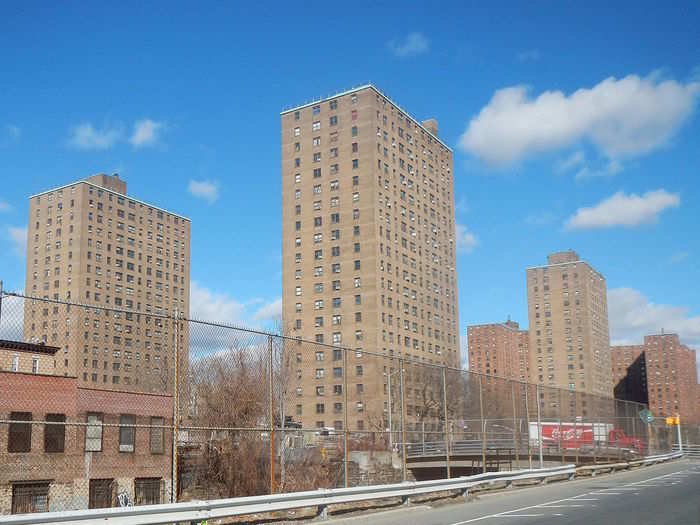
Shabay said the redeveloped Westlawn's beautiful design rethinks public-housing architecture.
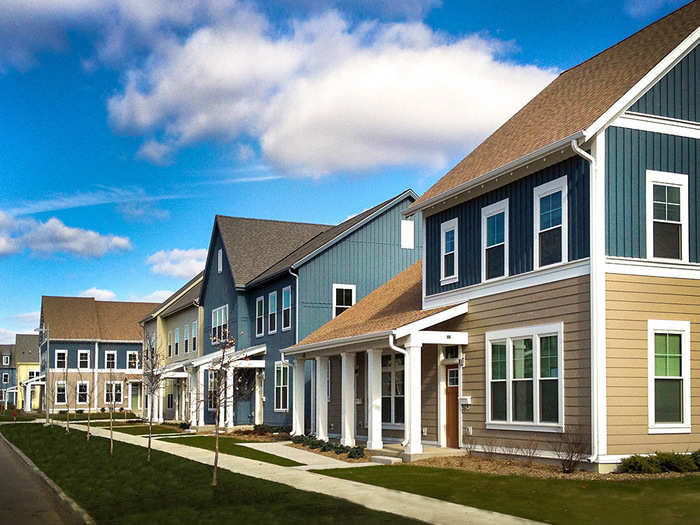
Popular Right Now
Popular Keywords
Advertisement